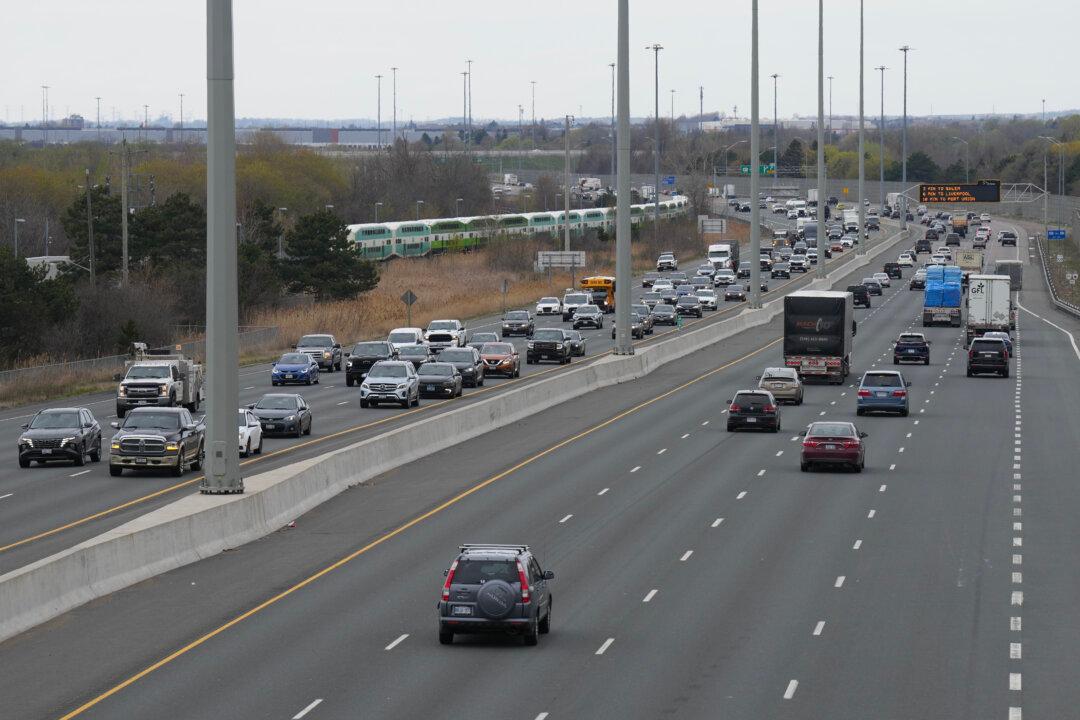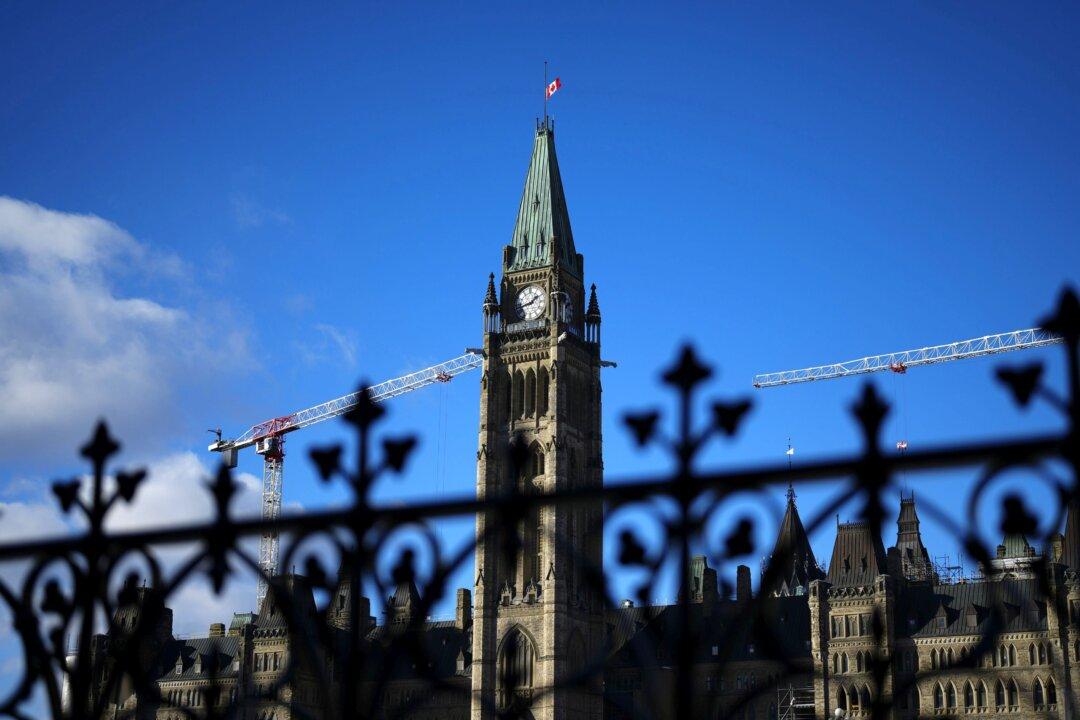Commentary
Ontario Premier Doug Ford and the PCs recently
announced the speed limit for large stretches of several highways will be increased. An estimated 36 percent of highways controlled by the province, including Highway 401, will see the speed limit move up from 100 km/h to 110 km/h as of July 12.
It’s a good decision—and one that should have happened a long time ago.
“What many people don’t realize is that until 1975, highways 400, 401, 417, and the QEW had speed limits over 110 kilometres until they were reduced in response to the energy crisis,” Ontario Transportation Minister Prabmeet Sarkaria
told the media on April 24.
He’s right. Two major energy crises that occurred in the 1970s affected many Western democracies. The 1973 oil crisis was
related to the Fourth Arab-Israeli War and led to the Organization of Arab Petroleum Exporting Countries placing an oil embargo on countries that supported Israel. It extended into a worldwide recession that lasted until 1975. There was also a 1979 energy crisis
caused by the after-effects of the Iranian Revolution, which led to a drop in oil production and an increase in the price of crude oil.
Canada, like other western nations, struggled during these energy crises. Lower oil production meant that hard financial decisions had to be made. This led Ontario to reduce highway speeds in 1975 to ensure that less oil was being used in cars, trucks, and other vehicles as they went from place to place. It was a logical decision at the time.
Why didn’t then-Premier Bill Davis re-establish the previous speed limit after the latter energy crisis was resolved in the early 1980s? Or any other premier, for that matter?
Some individuals and groups supported maintaining the reduced speed limit. They felt it made highways safer and would contribute to less accidents and fatalities. Many Ontarians accepted this theory and touted it themselves. The 100 km/h speed limit became part of life and the daily commute. As for Ontario governments that followed, they didn’t address this issue and remained, for the most part, silent.
The Ford government has made important changes to highway speed limits. It introduced a pilot project in 2019 that increased the speed on some highways. A survey conducted the following year received 80 percent approval from respondents. This, in turn, led to six sections of highways being
increased to 110 km/h in 2022, and the recent additions that Sarkaria announced in late April.
Some critics will view this as an unwise decision that will make highways more unsafe for drivers. It’s an incorrect assumption, especially if you look at the academic research which shows the exact opposite.
University of Toronto Transportation Research Institute director Baher Abdulhai, a civil and mineral engineering professor, has been
studying transportation issues like highway speed limits for decades. His expertise is integral to this debate.
Abdulhai
told CBC in 2002 that Ontario’s highway speed limits were “outdated” and should be changed to reflect newer technology. “If the highways are straight and the geometry is favourable, then I don’t see why not,“ he said. ”We are not proposing higher driver speeds, we’re proposing legalizing the current speeds.”
An August 2012 Windsor Star editorial
included this comment by Abdulhai: “What happens now is you get most people driving between 100 and 130 and some people driving at 100, so there’s a spread in speed values, which leads to an increase in road rage, aggressive passing on the right and, really, chaos. It’s not speeding that kills, it’s speed variation.” He
told The Canadian Press in a 2019 interview he’d like to see “dynamic” speed limits on major highways, use the “85th percentile rule” in areas restricted by cost, and create stricter enforcement with radar technology in “vulnerable areas” like schools and construction zones.
That’s a more sensible approach to highway driving. Since most drivers don’t follow the 100 km/h speed limit on Ontario’s highways—and we all know this to be true—the Ford government is taking a practical approach to the situation.
Implementing higher speeds means that drivers won’t be as tempted to break them, and certainly not nearly as much as they do now. There’s evidence that slower speeds on highways, and a wide range of speed variations among drivers, lead to more problems and accidents, not fewer. Germany’s
autobahn system has an advisory speed of 130 km/h and no blanket speed limit for cars and motorcycles, for instance. While accidents and fatalities obviously occur, the vast majority of drivers are able to reach their destinations safely and without incident.
If highway traffic moves faster, then drivers will be more content and less aggressive on the highways. That’s the best route for success in Ontario.
Views expressed in this article are opinions of the author and do not necessarily reflect the views of The Epoch Times.






